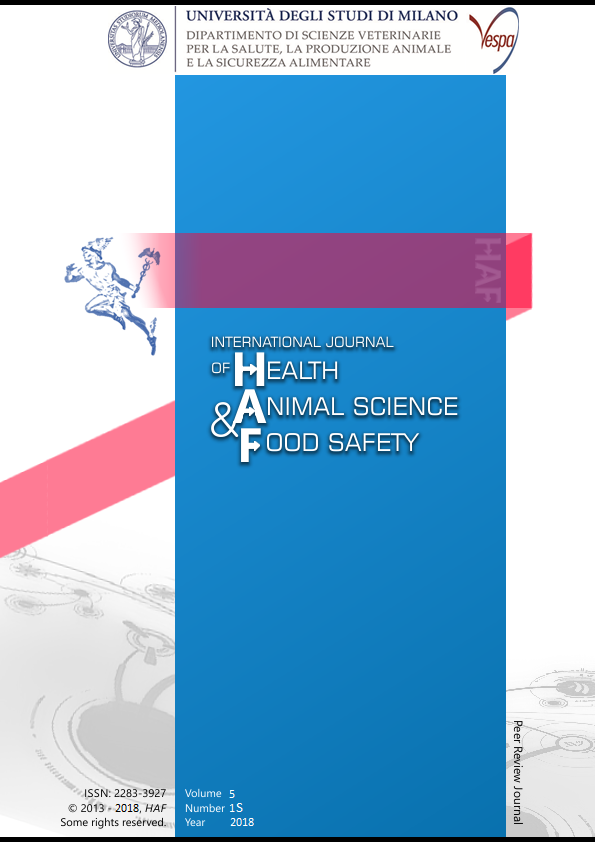Abstract
The in vitro development of vitrified oocytes (VOs) is still suboptimal (Mandawala et al., 2016) and the traditional two-dimensional (2D) culture systems might not be adequate to fully exploit VOs potential. The use of three-dimensional (3D) follicle-like structures, i.e. a combination of granulosa cells (GCs) and semipermeable 3D matrices, could mimic the physiological microenvironment and enhance VOs maturation and embryo development.
The aim of this study was to assess the steroidogenic ability (estradiol and progesterone secretion) of GCs encapsulated in 3D barium alginate microcapsules (follicle-like structure) compared to GCs cultured in a 2D monolayer and the maturation outcomes of VOs cultured in these systems.
After purification (Simsek & Arikan, 2015), cat GCs retrieved from isolated ovaries were in vitro cultured for 6 days in 3D microcapsules (Vigo et al., 2005) or in 2D monolayers. On days 2 and 6, conditioned medium was collected and hormonal determination by enzyme-linked fluorescent assay was performed. On the same days, 3D and 2D cultured GCs were used as artificial milieu for in vitro maturation of VOs obtained by Cryotop protocol. Nuclear maturation was assessed by bis-benzimide staining.
Steroidogenesis was observed in 3D follicle-like structures as well as in 2D monolayers; hormonal concentration increased over time and on day 6 it significantly differed between systems (p=0.02). Vitrified oocytes resumed meiosis in presence of GCs cultured for 2 days (3D: 45.5%; 2D: 56.7%), while GCs cultured for 6 days significantly hindered VOs meiosis progression in monolayers (21.7%, p=0.007), but supported high proportions of full maturation in follicle-like structures (26.7%, p=0.07).
Granulosa cells in 3D microcapsules maintained their physiological features and these follicle-like structures were able to restore VOs developmental abilities. However, further advancements in VOs culture methods would optimize the use of these valuable resources.Riferimenti bibliografici
Mandawala, A. A., Harvey, S. C., Roy, T. K., & Fowler, K. E., 2016. Cryopreservation of animal oocytes and embryos: Current progress and future prospects. Theriogenology. 86, 1637-1644.
Simsek, O., & Arikan, S., 2015. Effects of cholesterol, FSH and LH on steroidogenic activity of cat granulosa cells cultured in vitro. Animal Reproduction. 12, 931-938.
Vigo, D., Villani, S., Faustini, M., Accorsi, P. A., Galeati, G., Spinaci, M., Munari, E., Russo, V., Asti, A., Conte, U., & Torre, M. L., 2005. Follicle-like model by granulosa cell encapsulation in a barium alginate–protamine membrane. Tissue engineering. 11, 709-714.
This work is licensed under a CC BY-SA 4.0 international

